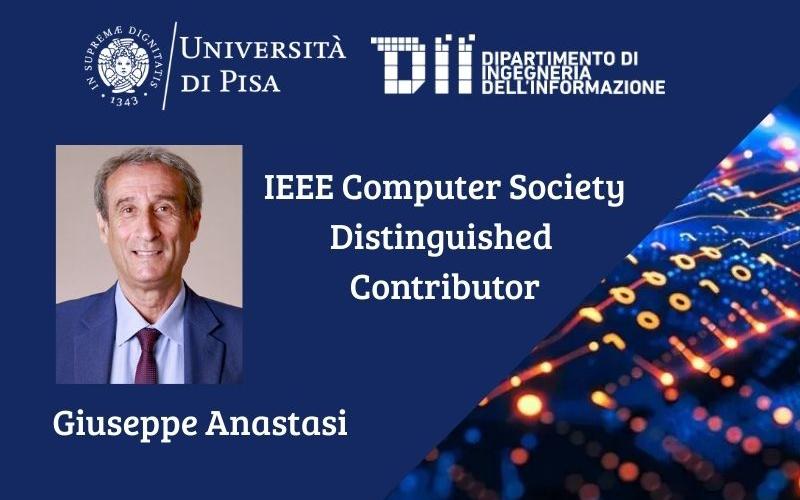La nomina a Distinguished Contributor (DC) premia i membri e gli affiliati della Computer Society che hanno apportato contributi tecnici significativi e continuativi alla IEEE Computer Society, alla...
Leggi tuttoDII Talks: The endless quest for the perfect mobile user experience: dream or reality?

Online on TEAMS
Mobile users are all very familiar with the challenges associated with mobile user experience (best-effort networks, unpredictable performance, etc..). However, advancements in wireless technologies (5G, Wi-Fi 6, etc..) are enabling new ways to improve that experience. Wireless devices have become a natural extension of the user and that has accelerated the efforts for going beyond “best-effort” performance by tailoring network conditions to specific user needs and creating advanced traffic management technologies. In this presentation we will introduce the basics of advanced traffic management techniques and how they have the potential to provide lower latency, increased reliability, and seamless connectivity. Students will be able to see how the focus on advanced traffic management techniques has resulted in several non-standardized solutions, like CableLabs’s Intelligent Wireless Network Steering (IWiNS) technology, being developed with no dependency on network infrastructure or end-devices and how these techniques merged
Mario Di Dio
Principal Architect, CableLabs
Mario Di Dio is a Principal Architect at CableLabs; a non-profit research and development organization funded by the global cable industry. Mario is responsible for researching, conceptualizing and leading the development of new CableLabs technology innovations that will become part of the cable industry’s future wired and wireless network infrastructures. These innovations relate to a range of communication standards (DOCSIS® technology, LTE, 5G, Wi-Fi). Most recently, Mario has been focused on leading projects related to mobile and Wi-Fi network architecture and traffic management techniques, in-home connectivity and virtualization.
Prior to joining CableLabs, Mario was a Principal Engineer at Artemis Networks where he co-created one of the first commercial SDR platforms for efficient and flexible LTE mobile network deployment. As co-founder of the project SIICAT at INPG, Mario was responsible for creating, developing and facilitating the deployment of a cost-disruptive emergency communications system that was successfully deployed and it is currently in use by several municipalities in Northern Italy. Mario earned his Bachelor of Science degree in Engineering in 2007, his Master of Science degree in Engineering in 2009 and his PhD degree in telecommunications engineering in 2013 from the University of Pisa, Italy. He authored several scientific papers and he has multiple patents pending.



